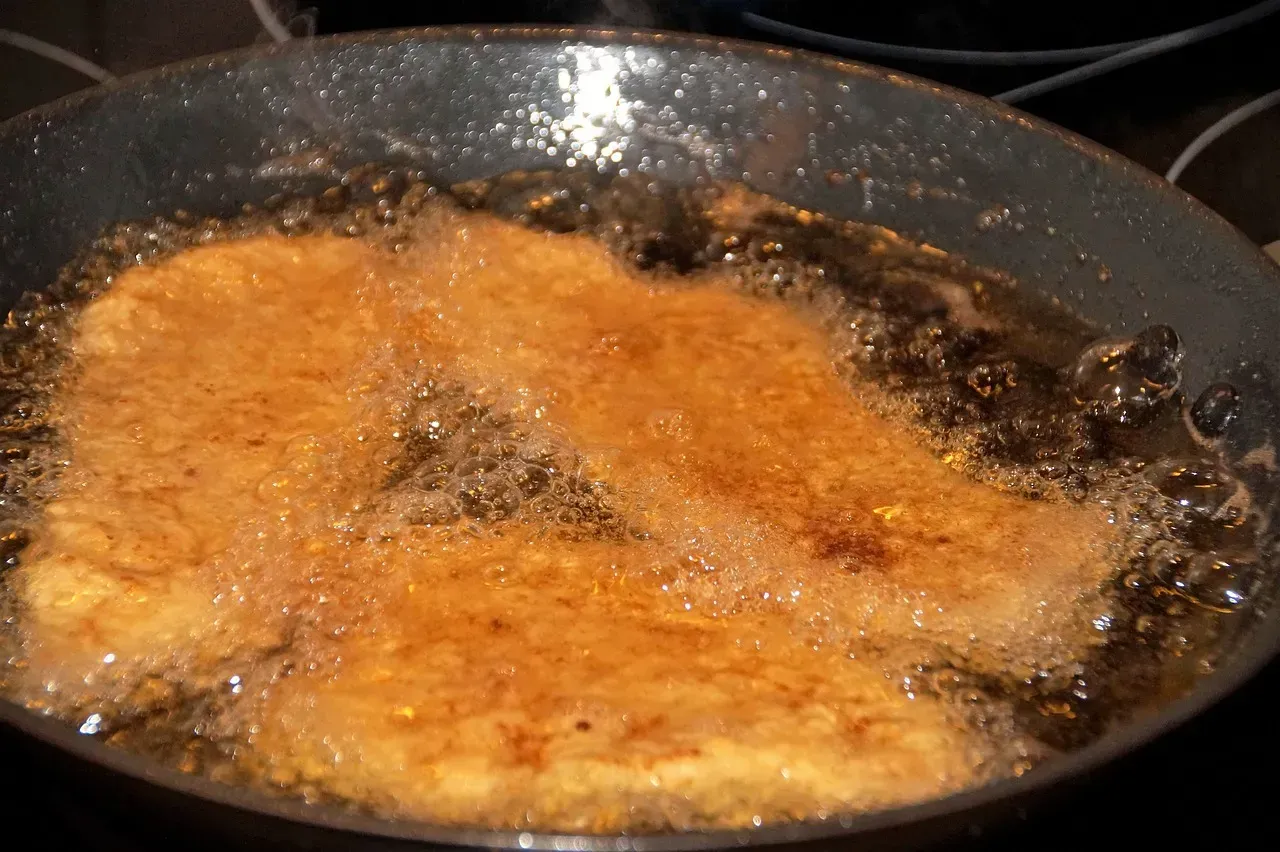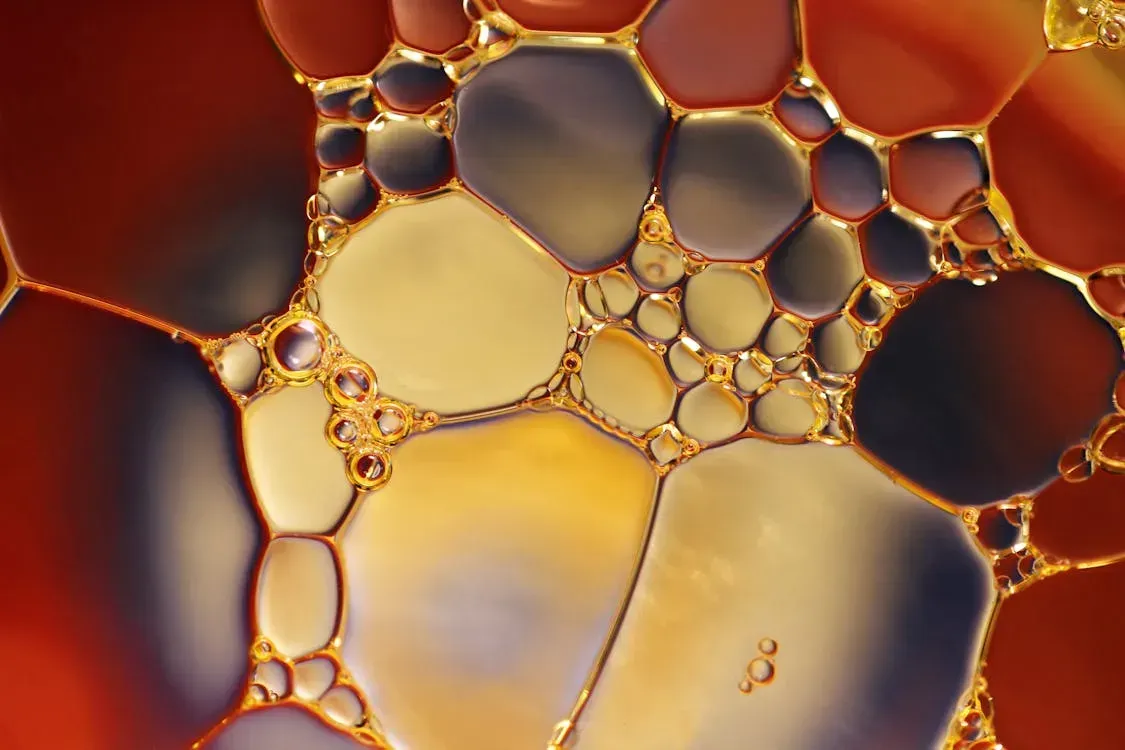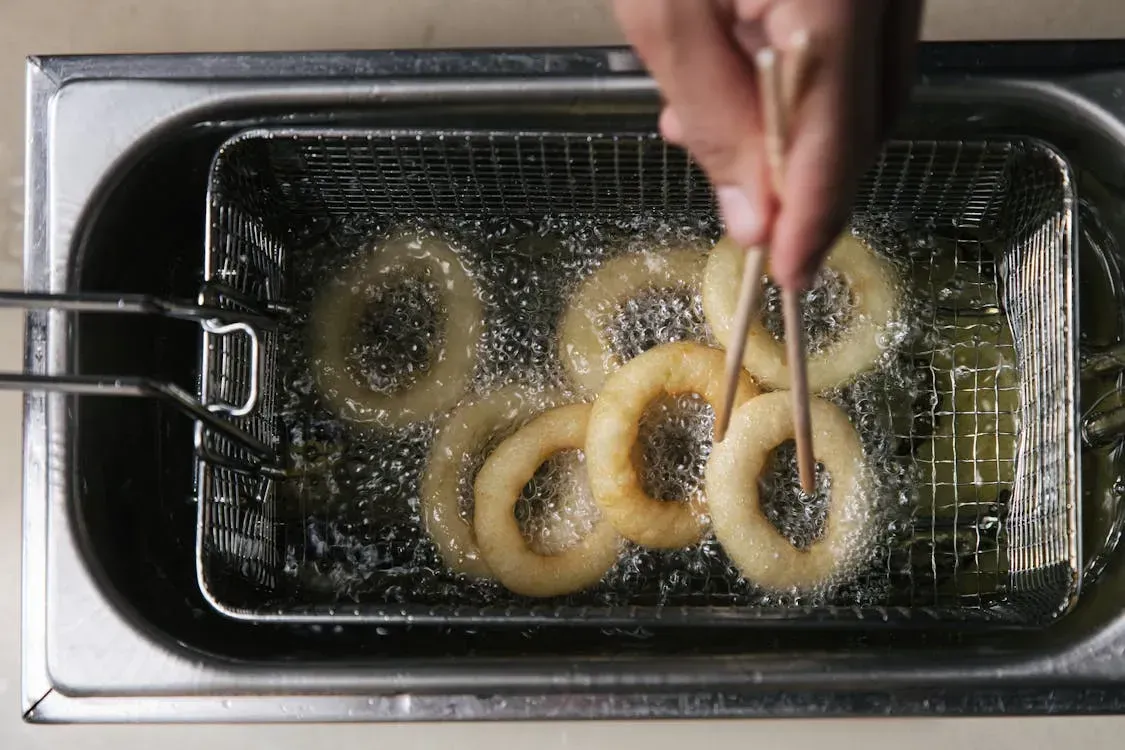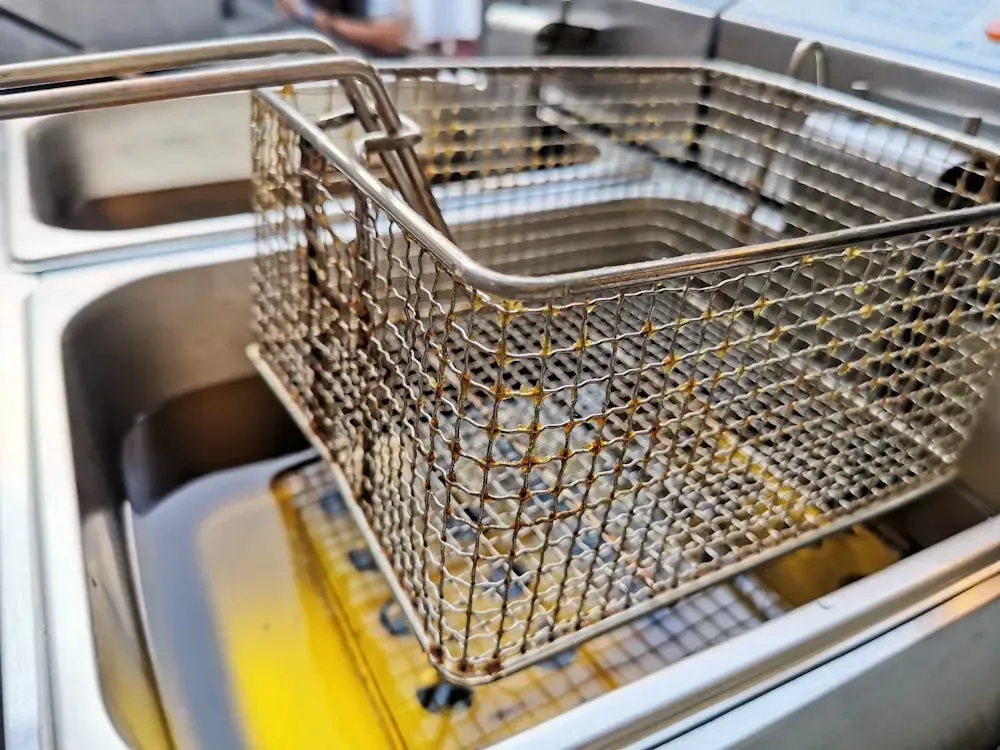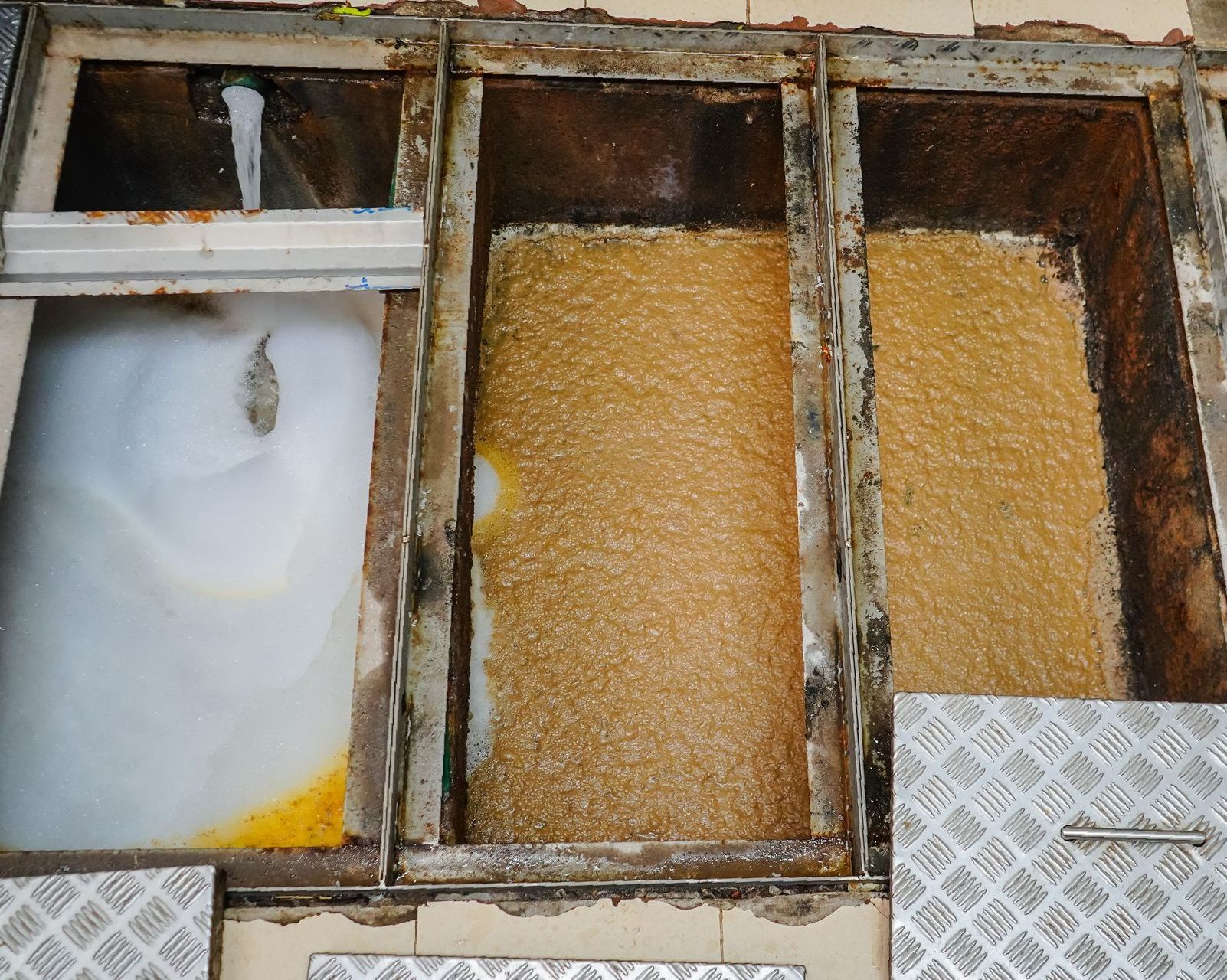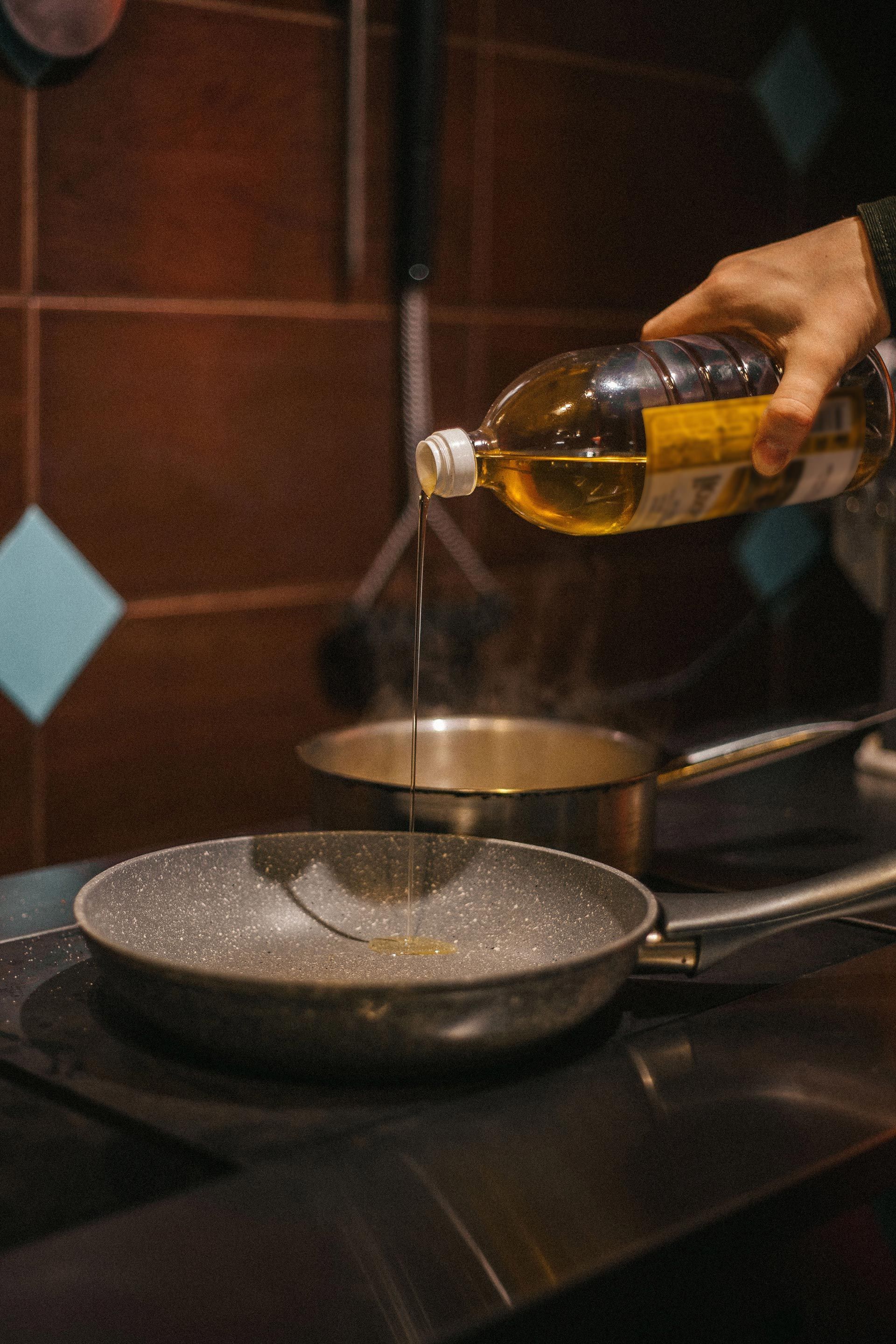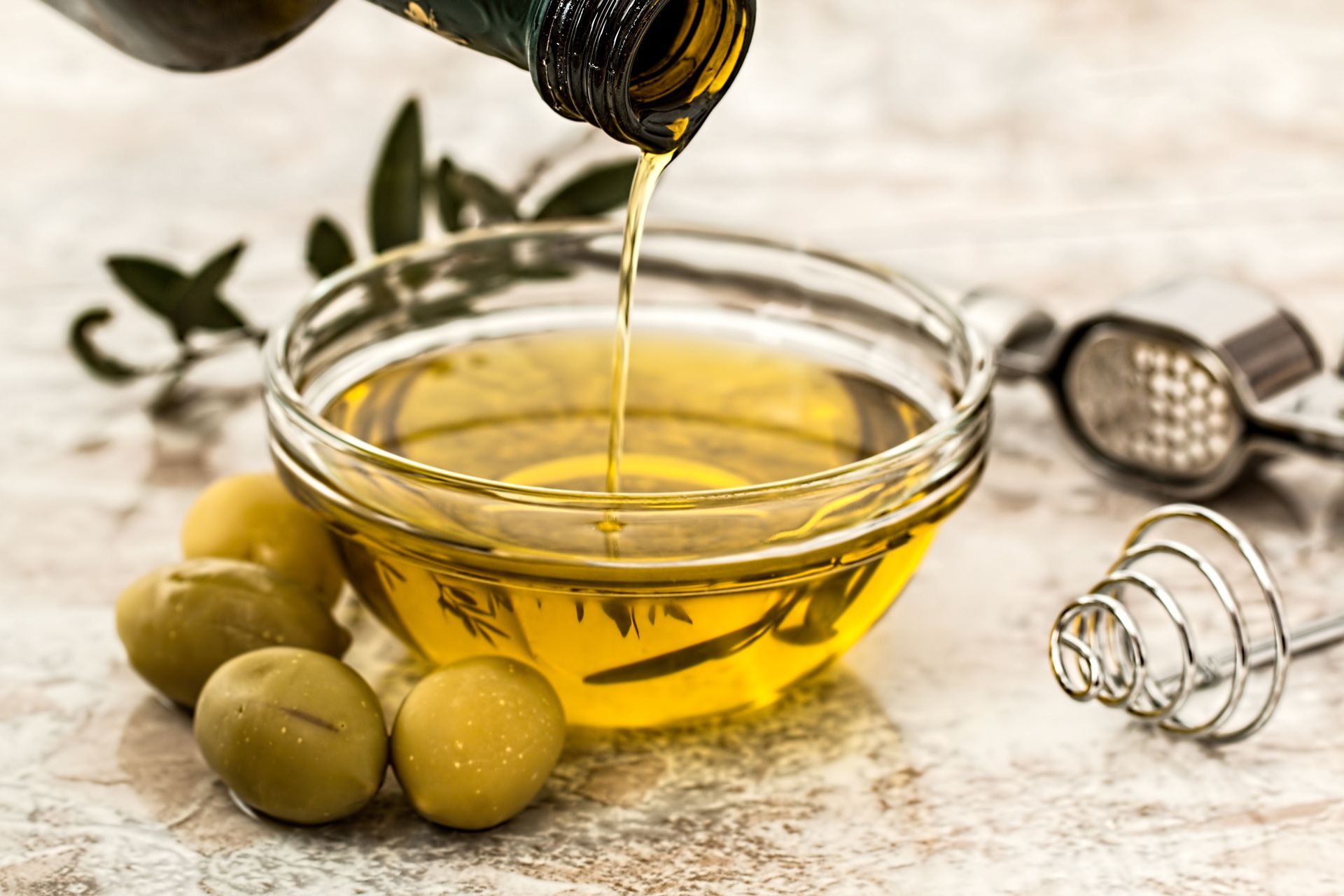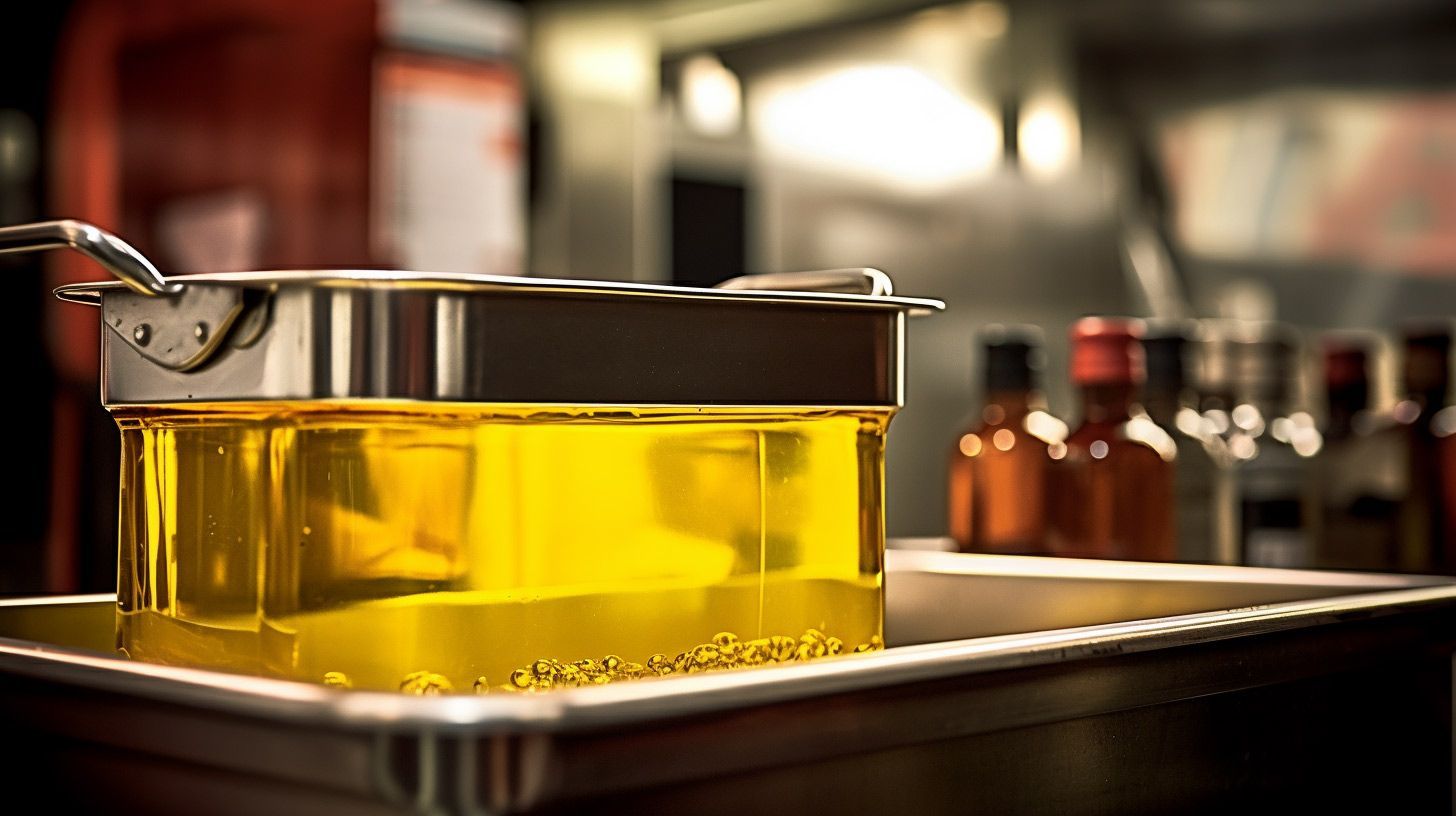
The Essential Benefits of Regular Grease Trap Cleaning
Grease traps are essential for any restaurant. They prevent fats, oils, and grease (FOG) from clogging your plumbing system. Regular maintenance is crucial to keep them functioning effectively. In this blog, we'll explore the key benefits of regular grease trap cleaning, ensuring your kitchen runs smoothly and stays compliant with health regulations.
What is Grease Trap Cleaning?
Grease trap cleaning involves removing accumulated grease, food particles, and other debris from your grease trap. This process is vital for maintaining a clean and efficient kitchen. Grease traps capture FOG before it enters the sewer system, preventing blockages and costly repairs.
The cleaning process typically involves:
- Inspection: A professional examines the grease trap to assess the level of buildup.
- Removal: They remove the lid and extract the grease and solid waste.
- Cleaning: The trap is thoroughly cleaned to remove any remaining debris.
- Reassembly: The trap is reassembled and checked to ensure it's functioning correctly.
Regular cleaning keeps your grease trap in top condition, reducing the risk of blockages and maintaining a hygienic kitchen environment.
Key Benefits of Regular Grease Trap Cleaning
Regular grease trap cleaning offers several important benefits that can save your restaurant time, money, and hassle. Here are the key advantages:
Prevents Blockages and Overflows
- Grease buildup can clog your pipes, leading to slow drains and backups.
- Regular cleaning removes this buildup, preventing costly plumbing issues.
- Avoiding blockages ensures your kitchen operations run smoothly, minimizing downtime.
Ensures Compliance with Health and Safety Regulations
- Health codes require restaurants to maintain clean grease traps.
- Regular cleaning helps you stay compliant, avoiding fines and legal issues.
- A clean grease trap contributes to a safer, more hygienic kitchen environment.
Improves Efficiency and Reduces Odors
- A clean grease trap ensures your plumbing system works efficiently.
- Regular maintenance reduces foul odors that can affect your kitchen and dining area.
- This improves the overall dining experience for your customers and working conditions for your staff.
Extends the Lifespan of Plumbing Systems
- Regular maintenance prevents grease from hardening and damaging your pipes.
- By avoiding major blockages and backups, you reduce the need for costly repairs.
- This helps extend the life of your plumbing system, saving you money in the long run.
Environmental Benefits
- Proper disposal of grease prevents it from entering the sewer system and causing environmental harm.
- Professional services ensure that grease is disposed of in an environmentally safe manner.
- This reduces your restaurant’s environmental footprint and contributes to a greener community.
Regular grease trap cleaning is essential for maintaining a healthy, efficient, and compliant restaurant kitchen.
Choosing a Grease Trap Cleaning Service
Selecting the right grease trap cleaning service is crucial for ensuring regular, effective maintenance. Here’s what to consider:
Criteria for Selecting a Service Provider
- Experience and Reputation: Look for companies with a proven track record in grease trap cleaning. Check reviews and ask for references to gauge their reliability.
- Certifications and Compliance: Ensure the service provider meets all local regulations and has the necessary certifications. This guarantees they follow proper procedures and standards.
- Range of Services: Some providers offer additional services like drain cleaning and waste disposal. A comprehensive service can save time and money.
- Availability: Choose a company that offers flexible scheduling to minimize disruption to your operations. Emergency services are also a plus.
Understanding the Cost and Frequency
- Typical Costs: The cost of grease trap cleaning can vary based on the size of the trap and the level of buildup. Get quotes from multiple providers to find a fair price.
- Frequency of Service: The frequency of cleaning depends on your restaurant's size and grease output. High-volume restaurants may need monthly cleanings, while others might need it quarterly. Consult with your provider to establish an optimal schedule.
Choosing the right service ensures your grease trap is cleaned effectively and efficiently, keeping your kitchen compliant and operational.
The Process of Grease Trap Cleaning
Understanding the process of grease trap cleaning helps you know what to expect and ensures the service is done correctly. Here’s a detailed step-by-step guide:
1. Inspection and Initial Assessment
- The service provider begins by inspecting the grease trap to assess the amount of grease and debris buildup.
- They document the condition of the trap and identify any potential issues.
2. Removal of Grease and Solid Waste
- The lid of the grease trap is carefully removed.
- Using specialized equipment, the technician removes the accumulated grease and solid waste.
- This step ensures that all trapped grease is extracted, preventing future blockages.
3. Thorough Cleaning
- The interior of the grease trap is cleaned to remove any remaining residue.
- High-pressure water jets or scrubbing tools are often used to ensure the trap is spotless.
- This thorough cleaning helps maintain the efficiency of the grease trap.
4. Final Check and Reassembly
- After cleaning, the technician performs a final inspection to ensure the trap is free of debris and functioning correctly.
- The grease trap is reassembled, and the lid is securely replaced.
- The technician may provide a report detailing the work done and any recommendations for future maintenance.
This detailed process ensures your grease trap is cleaned effectively, reducing the risk of blockages and maintaining optimal performance.
DIY vs. Professional Grease Trap Cleaning
You might wonder if you can handle it yourself or if it's better to hire professionals. Here’s a breakdown of both options:
Pros and Cons of DIY
- Cost Savings: DIY cleaning can save money on professional fees. However, the initial savings may be offset by the cost of necessary tools and supplies.
- Risks and Pitfalls: Without proper knowledge and equipment, DIY cleaning can be less effective. Incomplete cleaning can lead to blockages, odors, and compliance issues.
- Time and Effort: Cleaning a grease trap is labor-intensive and can be unpleasant. It also requires time that could be better spent on other restaurant operations.
Advantages of Hiring Professionals
- Expertise and Experience: Professionals have the training and experience to clean them thoroughly and efficiently. They can identify and address issues you might overlook.
- Advanced Equipment: Professional services use specialized pumping equipment that ensures a comprehensive clean, reducing the risk of future blockages.
- Compliance and Safety: Hiring professionals ensures that your grease trap cleaning meets local health and safety regulations, avoiding potential fines and legal issues.
- Reliability and Consistency: Regular professional maintenance schedules ensure your grease trap is cleaned consistently, maintaining its efficiency and preventing problems.
While DIY cleaning might seem like a cost-saving option, the benefits of hiring professionals often outweigh the drawbacks, ensuring a cleaner, more efficient grease trap and peace of mind.
Conclusion
Regular maintenance of your restaurant's grease management system is crucial. It prevents clogs that can disrupt kitchen operations and saves you from costly plumbing repairs. By keeping these systems clean, you avoid overflows and ensure everything runs smoothly.
Adhering to health and safety regulations is another key benefit. Regular upkeep helps you meet standards, avoiding fines and legal trouble. It also maintains a safe and hygienic environment for your staff and customers.
A clean system improves kitchen efficiency. No more slow drains or bad odors. Your kitchen runs better, and everyone is happier.
Regular cleaning extends the lifespan of your plumbing. Preventing grease from hardening and causing damage saves you money by reducing the need for repairs.
Choosing a professional service ensures thorough and reliable maintenance. Professionals have the right tools and expertise to do the job well, keeping your systems clean, compliant, and efficient.
Call to Action
Don't let grease management issues disrupt your restaurant. Trust the experts at Eco of Idaho for reliable cleaning and oil collection services. Serving Boise, ID; Idaho Falls, ID; and Le Grande, OR, we offer professional grease system cleaning, oil collection, pumping, and bulk waste water transport. Keep your kitchen running smoothly with Eco of Idaho. Contact us today to schedule your service!

